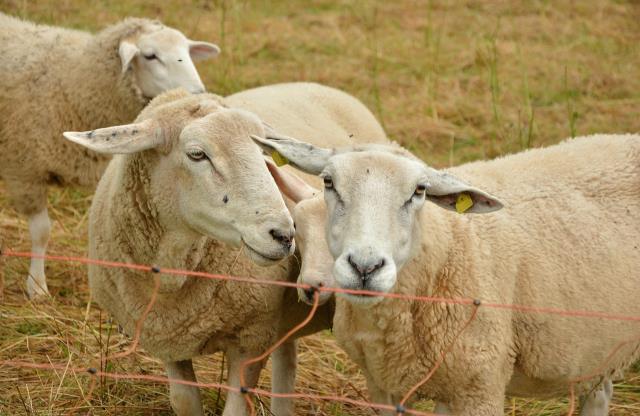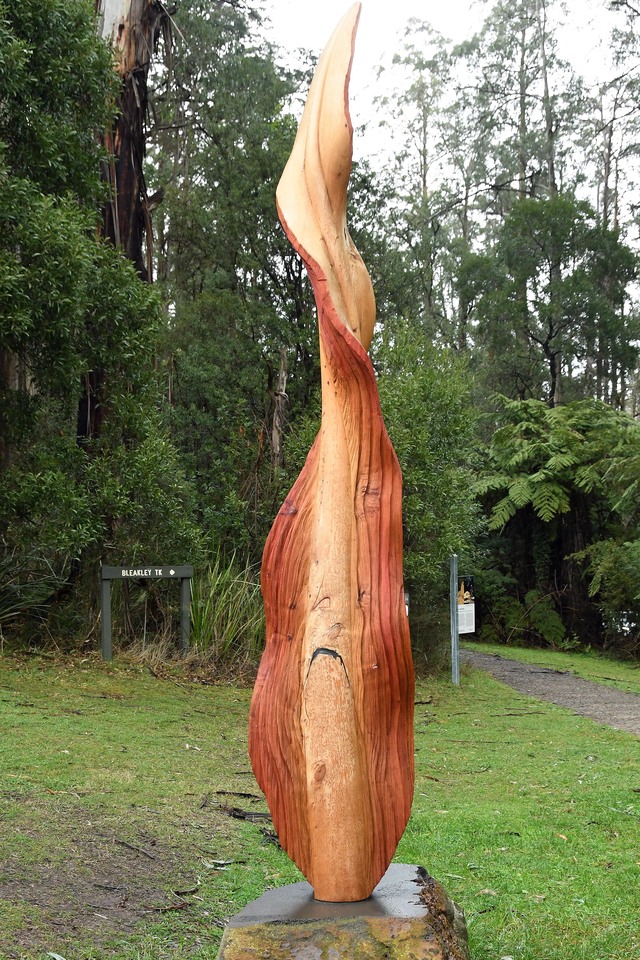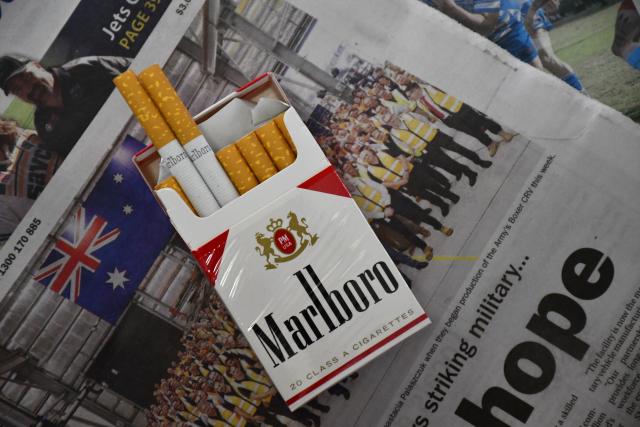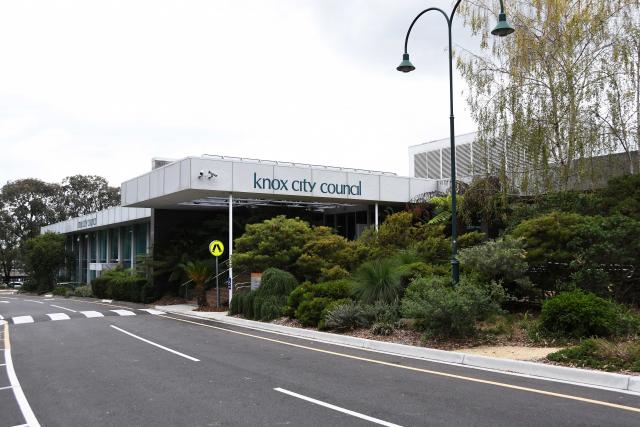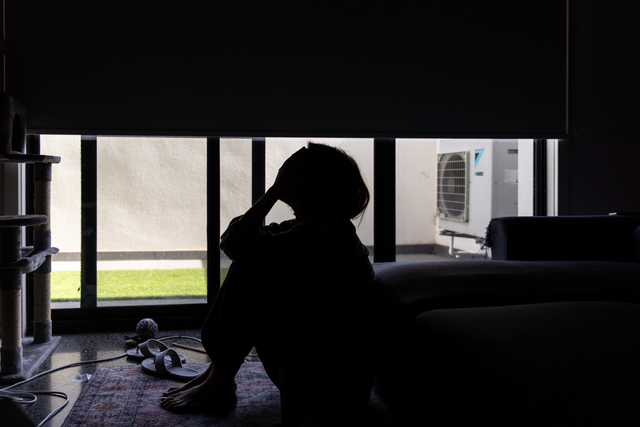As Victoria’s grain harvest draws to a close in many parts of the state, Agriculture Victoria has updated a resource for farmers intending to graze crop stubble.
Agriculture Victoria Senior Veterinary Officer, Paul Beltz said the Agriculture Victoria webpage, ‘Sheep nutritional requirements when grazing stubble’, includes timely tips for managing variable feed quality to maintain the health of flocks.
“Stubble can be an effective source of nutrition for sheep in summer and autumn. However, as the feed quality varies significantly, sheep supplements are often required,” he said.
“An important thing to consider when grazing stubble is the energy and protein content of the diet. The value of feed in stubble comes from the residual grain and quantity of green plant material. This may include shot grain and summer weeds.”
Dr Beltz said the webpage explains the variability found in the feed value of different types of stubble and how to measure it on your farm.
“The best time to start grazing stubble is immediately after harvest as the quality declines with time. Different licks and supplements will be required to maintain the health of sheep; the updated resource explains these in detail”, he said.
“When grazing sheep on stubble, it’s important to be aware of potential health issues including grain poisoning, nitrate poisoning, lupinosis, thiamine deficiency, water belly and worms. Sheep should have full stomachs before being introduced to a stubble paddock, or they can be gradually introduced by limiting the time they graze or by grazing the stubble in cells,”
“Issues with toxic weeds follow summer rain and can be seen in sheep grazing stubble. Generally, stock should be removed from the area after 6 weeks, or once grain and green feed falls below 40 kg per hectare,”
“We know that most grain growing districts of Victoria will have high stubble loads this season, so grazing will help reduce stubble loads, which will benefit farmers into autumn and winter.”

